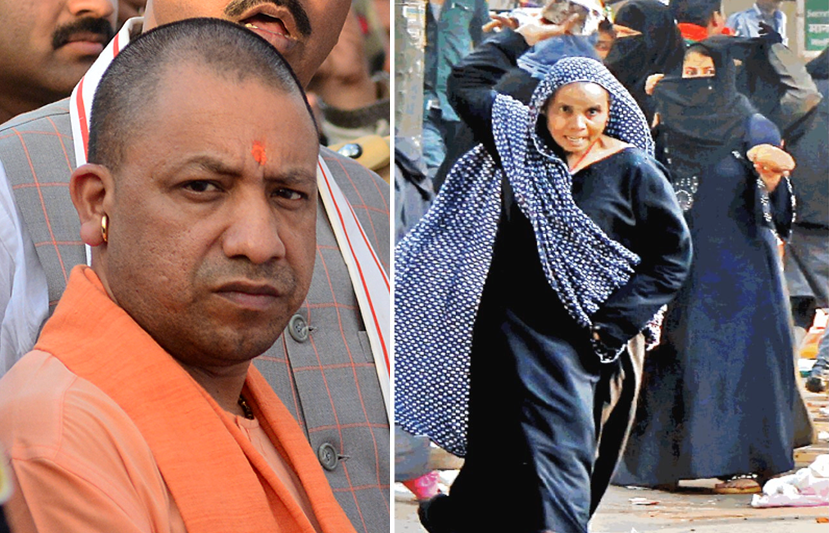The pre-planned violence that shook Delhi, highlighted the inefficiencies of the Delhi Police. The rioters spread terror in the streets of North East Delhi, as the Delhi Police found itself outnumbered. Taking a cue from the UP Police, the Delhi Police is set to make rioters pay for property damage.
There is a reason why when Delhi witnessed widespread violence, Uttar Pradesh was largely calm with no major incident of violence reported during the peak of anti-CAA protests. The UP Police’s no-nonsense approach in dealing with the protesters turned rioters is one of the major reasons behind the state remaining calm.
In a bid to follow the model set by the UP Police, the Delhi Police has decided to recover the cost of damages to public and private property during the communal riots in north-east Delhi from the protestors themselves by imposing fines or attaching their properties. A direction has already been issued in this regard to the Crime Branch’s SITs and the local police to coordinate with civic authorities and Delhi government to assess the damage.
The SITs have been tasked with identifying those who committed arson, looting, or otherwise damaged properties during the riots over four days and across almost all of north-east Delhi. This move is coming at a time when the Delhi Police has claimed that they have identified at least 1000 rioters and have so far detained or arrested at least 630.
Uttar Pradesh Police wasted no time in containing the violence at Aligarh Muslim University in December last year as it issued prohibitory notices to 4,000 people, restricting their movement and warning them of action if there was any trouble in Aligarh. The police also issued notices to 200 people with a criminal background under Section 110 (G) of the CrPc and initiated process of the Goonda Act against 50 persons.
The Rampur district administration was the first to take such action against the goons. The administration, while holding them responsible for acts of violence and damage to government property, has sought an explanation on why recoveries should not be made for damage worth Rs. 14.86 lakh. Rampur District Magistrate Aunjaneya Kumar Singh said, “We issued notices to 28 persons whose role were found by police during investigation. Police submitted evidence against them. They (28) have been asked to submit their response within a week, otherwise, the process of recovery against them will be started. Of the 28, a few have been arrested while raids are on to trace others. An accused and his family can submit evidence to support their plea that they have been wrongly booked in the case.”
Apart from these notices, the UP administration also ceased 50 shops in Muzzafarnagar of individuals who caused damage to public property during the anti-CAA protests. The police are making full use of CCTV footages and other videography’s to identify and initiate action against goons. Such acts are dealt with under the Prevention of Damage to Public Property Act of 1984. Supreme Court direction allows all states to seek compensation from individual rioters and goons who cause damage to public property. Yogi Adityanath has made use of this direction rightfully. For this, Yogi is winning approval and admiration not just in UP but across the country.
Confirming the stern action of the UP government on the rioters who had damaged public property while protesting against the CAA, residents of violence-hit areas of Bulandshahr recently handed over a demand draft of Rs 6.27 Lakh to the district magistrate along with an assurance that such incident will not happen again in future. Senior officials called it a “voluntary act of repentance”.
Yogi Adityanath has shown the country on how to deal with anti-social elements and it is good to see Karnataka and Delhi Police following the UP model.
